Meal prepping has become a cornerstone of healthy eating routines, offering convenience and consistency. Among the many proteins that stand out, seafood emerges as a versatile and nutritious option for those aiming to stay on track with their diet. Packed with essential nutrients, including high-quality protein and omega-3 fatty acids, seafood makes a compelling case for itself as a star player in meal prep plans. Whether you’re a seasoned pro or new to the game, incorporating seafood into your meal prep can elevate your weekly meals to new heights. From the best fish for meal prep to creative recipes that keep things exciting, this guide dives into everything you need to know about seafood as a meal prep staple. Discover why seafood is not just another trend but a reliable foundation for balanced and delicious meal planning.
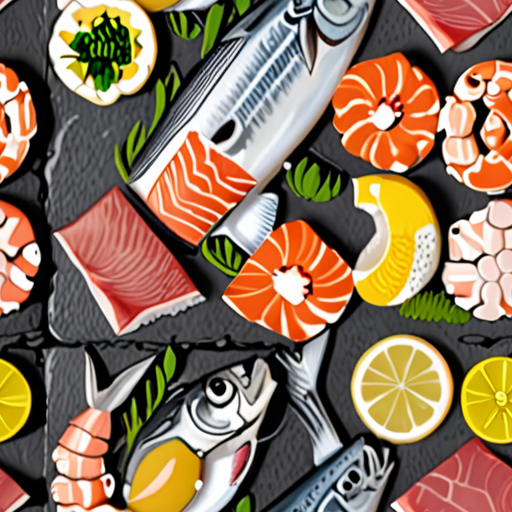
Is Seafood Good for Meal Prep?
Yes, seafood is an excellent choice for meal prep! It’s versatile, nutritious, and can be prepared in advance for several days of meals. Here’s how you can effectively incorporate seafood into your meal prep routine:
Why Seafood is Perfect for Meal Prep
- Nutritional Benefits: Seafood is packed with high-quality protein, omega-3 fatty acids, and essential vitamins like vitamin D and B12.
- Versatility: It can be grilled, baked, sautéed, or used in salads and soups, making it a flexible ingredient for various meals.
- Long Shelf Life: When stored properly, cooked seafood can last 3-4 days in the fridge, which makes it ideal for meal prepping throughout the week.
How to Meal Prep Seafood
- Plan Your Meals: Decide which seafood dishes you’ll prepare and how you’ll use them. For example, use grilled salmon for dinner one night and mix it into a salad for another meal.
- Prep Ingredients: Chop vegetables, marinate meats, or cook grains ahead of time to pair with your seafood dishes.
- Cook in Bulk: Prepare enough seafood for several meals. For instance, cook a batch of shrimp, grill a few fillets of salmon, or bake a large portion of cod.
- Store Properly: Cool cooked seafood quickly and store it in an airtight container in the fridge for up to 4 days. Label it with the date to keep track of leftovers.
Tips for Successful Seafood Meal Prep
- Use High-Quality Sources: Opt for fresh or frozen seafood to ensure it’s safe and tasty. Frozen options often retain their quality better than defrosted refrigerated seafood.
- Consider Seasonality: Enjoy seafood that’s in season for better flavor and sustainability. Check local markets or trusted guides for recommendations.
- Try Different Cooking Methods: Experiment with grilling, baking, steaming, or pan-searing to add variety to your meals.
- Pair with Complementary Foods: Serve seafood with sides like quinoa, brown rice, or vegetables for a balanced meal.
Competitor Links
For high-quality seafood options, we recommend exploring suppliers like Wild Alaskan Company and SeafoodSource . These brands offer sustainable and premium seafood products perfect for meal prep.
With proper planning and storage, seafood can be a delicious and convenient component of your meal prep routine. Give it a try and enjoy the benefits of having healthy, flavorful meals ready to go!
The Best Fish for Meal Prep
When it comes to meal prep, choosing the right fish is essential for convenience, nutrition, and taste. Here’s our guide to selecting the best fish for meal prep:
- Salmon – A top choice for meal prep due to its high protein content, healthy fats (Omega-3 fatty acids), and versatility. It’s easy to prepare in various ways, such as baking, grilling, or poaching.
- Tuna – Known for its firm texture and rich flavor, tuna is ideal for salads, sandwiches, and meals that require marinating. It’s also packed with nutrients like vitamin D and selenium.
- Cod – A mild-flavored fish that’s perfect for family-friendly meals. It’s tender and quick to cook, making it a great option for weeknight dinners or meal prep batches.
- Tilapia – A lean and flavorful fish that’s widely available. It’s excellent for stir-fries, soups, and as a base for various dishes. Plus, it’s relatively inexpensive.
- Shrimp – A versatile and quick-cooking option perfect for appetizers, pasta dishes, or as part of a meal prep batch with rice or vegetables.
Each of these fish offers unique benefits, whether you’re looking for high-protein meals, diverse flavors, or simple preparation. Pair them with sides like quinoa, brown rice, or roasted veggies for a balanced meal plan.
Looking for more meal prep ideas? Check out our complete guide to meal prep for inspiration and recipes tailored for busy lifestyles.
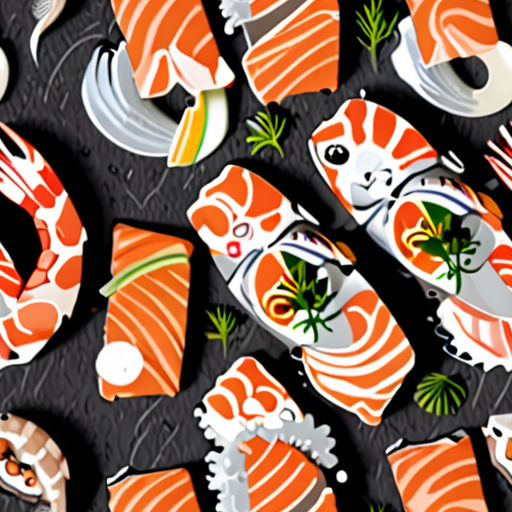
Foods Not Recommended for Meal Prepping
- Chicken Breast : While chicken breast is a popular protein choice, it can become dry and less flavorful when reheated.
- Ground Beef/Turkey : These meats tend to dry out during storage and may not reheat as tender as fresh.
- Fish (e.g., Salmon) : Fish can become rubbery and lose flavor when stored for extended periods before reheating.
- Leafy Greens (Spinach, Kale) : These vegetables can wilt and lose nutrients when stored in meal prep containers.
- Soft Vegetables (Cucumbers, Tomatoes) : These can become soggy and may spoil quicker than firm vegetables.
- Onions and Garlic : Both can oxidize and turn bitter, leading to waste if stored for too long.
- Raw Meats and Eggs : These items require immediate cooking and should not be prepped in advance.
- Dairy Products (Milk, Cheese) : These can spoil quickly and may not reheat properly unless stored correctly.
- Grains (Rice, Quinoa) : While they can be prepped, they must be stored properly to prevent mold and drying out.
- Pasta : Can dry out but generally holds up well when stored in airtight containers.
- Fruits (Berries, Grapes) : Some fruits ripen quickly and may spoil sooner than others.
- Baked Goods (Bread, Pastries) : These may dry out or develop a crust when stored, affecting their texture.
Always store leftovers in airtight containers and check for spoilage before consuming. Proper food safety is crucial to avoid contamination and ensure meals remain safe to eat.

Meal Prep Fish for 5 Days: A Comprehensive Guide
To successfully meal prep fish for 5 days, consider the following organized approach:
Day 1: Grilled Salmon with Quinoa
– **Fish**: Fresh salmon (ideally Atlantic or Coho)- **Storage**: Store in an airtight container in the fridge for up to 3 days.- **Cooking Method**: Marinate salmon with olive oil, lemon juice, garlic, dill, and paprika. Grill for 4-5 minutes per side.- **Sides**: Quinoa cooked with vegetable broth and herbs.
Day 2: Baked Cod with Steamed Broccoli
– **Fish**: Fresh cod- **Storage**: Keep in a glass container in the fridge for 2-3 days.- **Cooking Method**: Season cod with salt, pepper, and lemon zest. Bake at 375°F (190°C) for 15-20 minutes.- **Sides**: Steam broccoli with butter and garlic.
Day 3: Shrimp Stir-Fry with Brown Rice
– **Fish**: Shrimp (peeled and deveined)- **Storage**: Store in an ice-filled container for up to 2 days.- **Cooking Method**: Cook shrimp in a pan with soy sauce, garlic, ginger, and sesame oil. Stir-fry with veggies.- **Sides**: Brown rice cooked with coconut water.
Day 4: Swordfish Tacos with Corn Salsa
– **Fish**: Swordfish (cut into small pieces)- **Storage**: Keep in an airtight container in the fridge for 1-2 days.- **Cooking Method**: Season swordfish with chili powder, cumin, and lime juice. Grill until cooked through.- **Sides**: Warm corn salsa with tomatoes, onions, and cilantro.
Day 5: Teriyaki Salmon Bowl with Edamame
– **Fish**: Salmon fillets- **Storage**: Store in a glass container in the fridge for 2-3 days.- **Cooking Method**: Marinate salmon in teriyaki sauce and cook in a pan or grill.- **Sides**: Edamame simmered with soy sauce and honey.
General Tips:
– **Container Choices**: Use glass containers with lids to prevent odor and oxidation.- **Portion Control**: Divide meals into portions suitable for each day.- **Marinating**: Marinate fish before cooking and store after cooling.- **Reheating**: Use moist heat methods like poaching or steaming to maintain texture.This meal plan ensures variety, safety, and convenience, making fish meal prep manageable and enjoyable.
How to Meal Prep for 7 Days
Meal prepping for a week requires careful planning and organization to ensure you have balanced, delicious meals without the hassle of cooking daily. Here’s a guide to help you succeed:
1. Plan Your Meals
- Create a weekly meal schedule based on your lifestyle and preferences.
- Identify busy days and plan simpler meals for those evenings.
- Include a variety of proteins, vegetables, and grains to keep meals interesting.
2. Shop Smart
- Buy non-perishable items like rice, pasta, and canned goods in bulk.
- Choose fresh produce that lasts longer, such as broccoli, spinach, and apples.
- Purchase meats and fish that can be cooked in multiple ways.
3. Batch Cook
- Cook large batches of soups, stews, and casseroles that can be frozen or refrigerated.
- Grill or smoke meats in advance for quick reheating later.
- Prepare quinoa, oats, and other grains that can be used as sides or bases for meals.
4. Store Properly
- Store meals in airtight containers or wrap them tightly in plastic wrap.
- Freeze meals in portions that can be thawed as needed.
- Keep fruits and vegetables fresh by washing and storing them properly.
5. Reheat with Care
- Use microwave-safe containers for quick reheating.
- For better taste, heat soups and stews on the stove or in a pot.
- Add fresh herbs or citrus zest to enhance flavors when reheating.
6. Stay Variety
- Mix proteins like chicken, beef, tofu, and fish throughout the week.
- Incorporate different cuisines, such as Mexican, Italian, or Asian-inspired dishes.
- Include a few vegetarian meals for variety and nutritional balance.
7. Budget-Friendly Tips
- Buy seasonal produce for better prices and freshness.
- Shop at bulk stores for cost-effective purchases.
- Plan meals to minimize food waste.
8. Consider Dietary Needs
- Adjust recipes to accommodate any dietary restrictions or preferences.
- Ensure meals are balanced and nutritionally sound.
By following these steps, you can enjoy a variety of delicious meals throughout the week without the stress of daily cooking.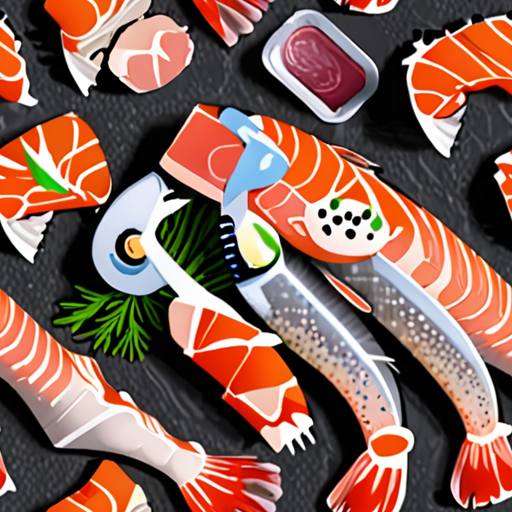
Is it Safe to Eat Fish 7 Days a Week?
Eating fish seven days a week can be safe and beneficial for most people, depending on their dietary preferences and overall health.
- Omega-3 Fatty Acids: Fish are an excellent source of omega-3 fatty acids, which are essential for brain health and reducing inflammation. Regular consumption can support cognitive function and heart health.
- Mercury Levels: While some fish may contain trace amounts of mercury, many commonly consumed fish like salmon, tilapia, and catfish have low levels. Balancing intake with variety reduces exposure risk.
- Variety of Fish: Incorporate a mix of fish types, including those with lower mercury levels, to maximize nutritional benefits and minimize potential risks.
- Plant-Based Proteins: Consider incorporating plant-based proteins like beans, lentils, and tofu into meals to ensure a balanced diet and reduce reliance solely on fish.
For most individuals, eating fish every day is perfectly fine. In fact, it’s often recommended for its health benefits. Just ensure a varied diet and maintain a balance with other protein sources for optimal nutrition.
For more delicious and nutritious fish recipe ideas, visit Only Fish Recipes and explore our collection of seafood-inspired dishes!

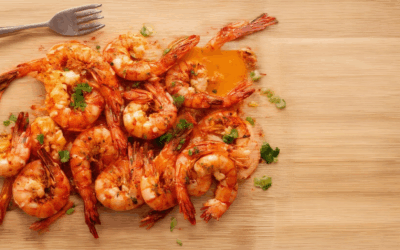
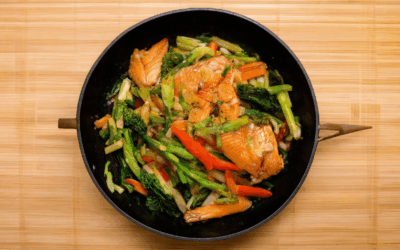

0 Comments